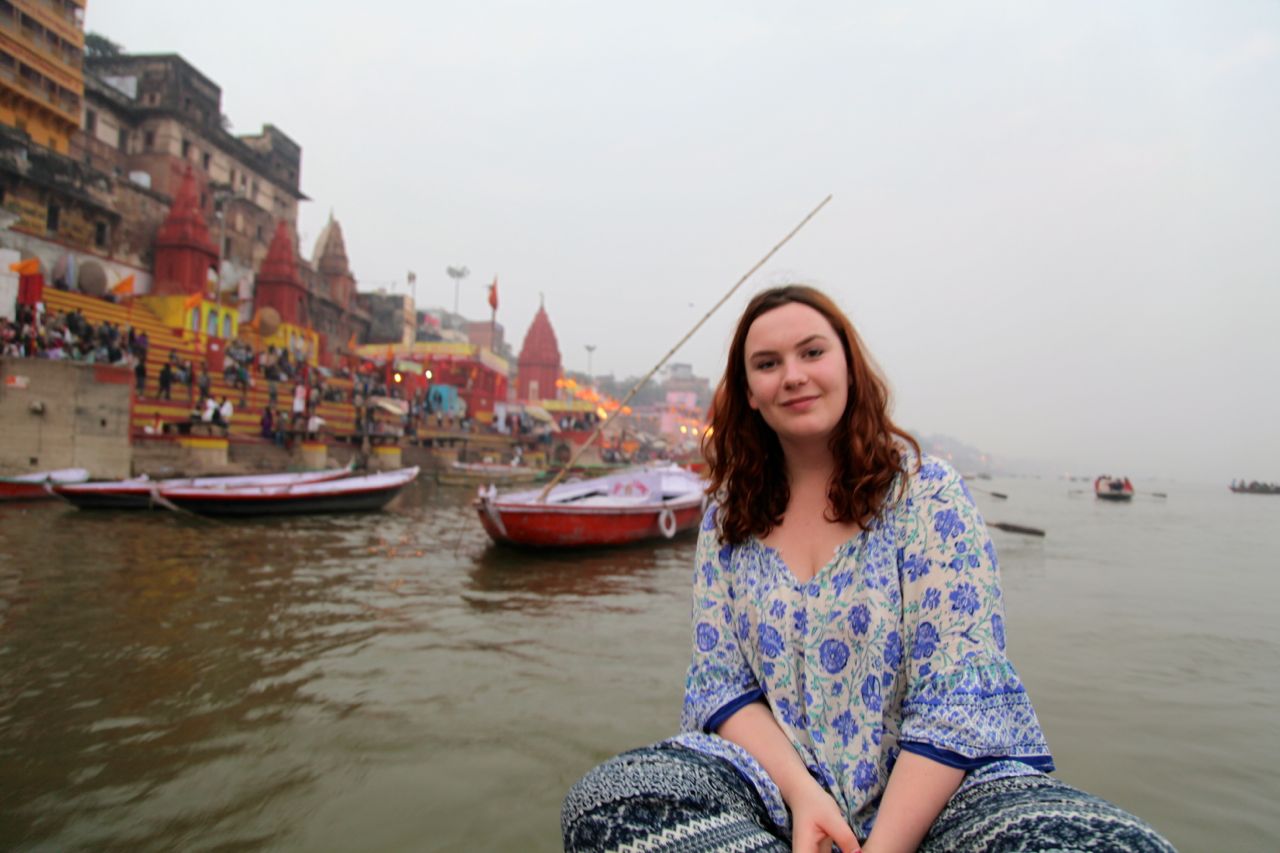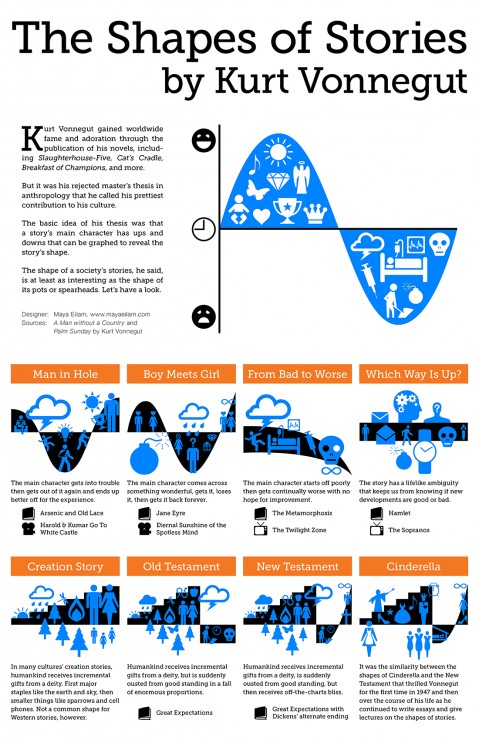This is something that I don’t think I’m supposed to say on an academic blog, particularly one made for and by the people at RMIT; I am not hoping nor aiming for anything above a pass in this course or in many of my courses. And I don’t think that that should reflect badly on me.
My intelligence (what ever of it there is) is more insightful and creative than academic. I’m forgetful. I will remember the names of theorists and their theories but not together. I can describe the painting and make an educated guessplanation of what the painter was thinking when he painted it but I won’t be able to name the painter; I’ll give you a deep analysis on the themes behind a poem, but I won’t be able to cite a single line.
More importantly though, I’ll remember the idea. I will apply that to my work and to my own ideas. The things I’m learning are constantly influencing my opinions, my philosophies and the work that I do. I make connections and I apply them, and I think that that is more important than being able to name-drop Baudrillard and Nietzshe over dinner.
I wholly believe that studying topics which bore you is of very little purpose at all, because if it won’t aid in your personal happiness, even in the very long term, what good is it to you at all? And so of course I study; but the study I do out of class is very infrequently on class content. I study the things that I am passionate about: advertising campaigns, innovative ideas, contemporary ethical social ideas, new philosophical realms. And then I write and I design and I conceptualize, outside of class. The work I do that interests me seems to always happen out of class.
This course in particular hasn’t interested me all that much. And so I have allowed myself to give it low priority. There is obviously something in the content that our tutor, Elliot, is passionate about and that makes me want to be passionate about it as well. I’m caught between wanting to understand what he sees in the content and my own boredom. There’s nothing quite like seeing a person in their element, someone who has an interest in something that most people overlook, and is dedicated to it and knowledgeable on it and good at it. I don’t think that networked media is exactly that thing for Elliot, maybe this all has something to do with games or film and the ideas underlying them or what ever it is that he is passionate about, but I can’t see it. I did make my own connections though, and I am happy about that. Actor-network theory and design fiction have made some sort of impression.
Actor-network theory is one of the first things that I have found of interest and practical use in this course, personally. I wish I’d had the guts to stand up for it in the class symposium, but I didn’t.
Actor-network theory makes it possible to trace broad relationships between people and things, and things (actors) could be anything, to understand perfectly what effect different actors have on each other and how they act in connection to one another. It’s an exciting proposition. It would be difficult to map out, considering the amount of actors in any given scenario, but when done efficiently it would be an effective way of understanding and explaining relationships. You could understand the functionality of every actor within a network, eliminate the defunct ones, reinforce and strengthen the effective connections.
This might be practically applied to advertising, one area that I am passionate about, and it might also be used in conjunction with design fiction, another topic that I found practical and interesting. Design fiction and actor-network theory are both related to strategizing, and I think they’d compliment each other extra-ordinarily well.
Imagine understanding relationships and the actors within a network so well that when adding another actor to this network, a speculative one, a design, you could anticipate the reactions of the other actors.
Actor-network theory could be a method of realizing the attitude and complexity of the relationships of individuals, within a particular society, most applicably in our case to online communities and people who share interests online. Target groups, if you will. It’s an open prospect, and one that could be used to better understand people for more effective manipulation of individuals within societies, which of course is the role advertising plays in supply and demand, isn’t it?
I have found something that I could be passionate about within a stream of content that I didn’t think could offer me anything, but something which Elliot made to seem like a golden pool of opportunity.
I am paying terrifying amounts of money to study this course at RMIT, and it is a very highly esteemed course that I was surprised and proud to be accepted into; and I look forward to working in media and to work in media a “Bachelor of Communications (Media)” ought to come in handy. And I didn’t only sign up for the piece of paper, I wouldn’t let myself put in so much time and effort just for a qualification, I do want the knowledge, and knowledge such as actor-network theory and design fiction is exactly what I want.
What I’m trying to say with this post is that I may have purposely only scraped the surface of this subject, and perhaps I should feel irresponsible, perhaps, to quote Adrian Miles himself, I should wonder “what the fuck am I doing wasting my time here?” as I did ask myself when I read this post, but I don’t. Instead I am glad because even if this isn’t my thing like it is or relates to Elliot’s thing, I found some things from it that are my thing.
It’s nearly 2am now. I think we’ll put this tired and irrational writer to rest for the night. This may be my last post on networked media, but it won’t be my last academic blog post, because the use of this blog is another thing from this course that I hope will become my thing, and I’ll be glad if this post is my last, because it’s my favourite.

 This week I went to visit the NGV, and check out the new works there. Something I noticed was there is now a lot of media art on exhibition, whereas a few years ago it was mainly paintings and stills.
This week I went to visit the NGV, and check out the new works there. Something I noticed was there is now a lot of media art on exhibition, whereas a few years ago it was mainly paintings and stills.
